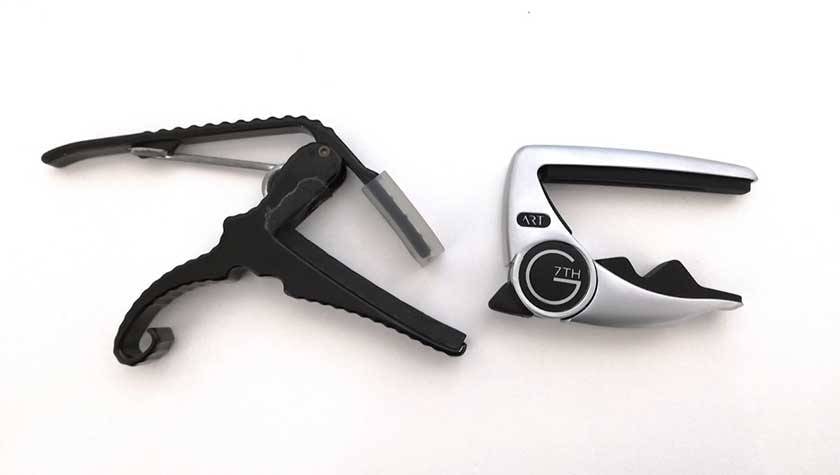
G7TH and KYSER are popular capos for acoustic guitar. I compared these two capos to see which is easier to use since they are quite different in shape and usage.
■ Capos Compared in This Test
The two capos used were:
- G7TH G7th Performance 3 ART Capo Silver
- KYSER KG6 BLACK
Both models are designed for use with acoustic and electric guitars (though both brands also offer versions for classical guitars and other specific types).
G7TH / G7th Performance 3 ART Capo Silver
The G7TH is a mechanical capo equipped with a system where you squeeze to attach and use a lever to release. Even its appearance gives a solid and sturdy impression.
This capo attaches by clipping onto the neck like a clothespin. Its unique shape is reminiscent of a seahorse, which gives it a stylish look.
■ 5 Key Points of Comparison!
We compared the two capos based on the following five key points:
- Ease of attaching and removing
- Changes in sound quality
- Tuning accuracy
- Design
- Size and weight
○ Comparison Point: Ease of Attaching and Removing
With a capo, the fret position changes depending on the song, and in some cases, such as modulations within a song, you may need to move it mid-performance. So, ease of use is an important factor. Here’s how the two capos compare in terms of how easy they are to remove.
<G7TH>
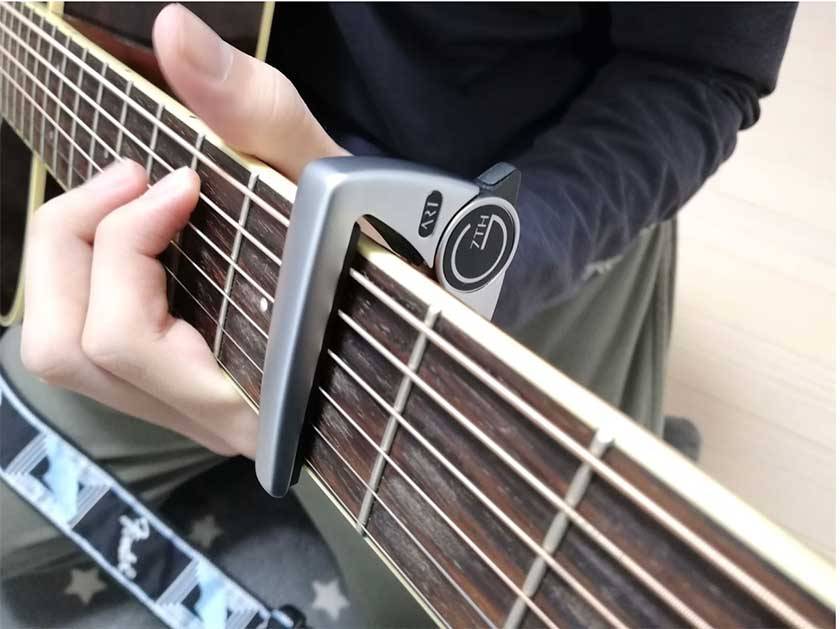
The G7TH can be attached simply by squeezing the body. Just clamp it onto the neck and squeeze from the top—this locks it in place at that position. If you squeeze lightly, the strings are held gently; if you squeeze firmly, they’re held securely, making it possible to adjust the clamping pressure.
To remove it, just push the black lever upwards. Compared to screw-type capos, it’s extremely easy to attach and remove. It may take a little time to get used to how it works, but once you’re familiar with it, it’s a great capo. However, it can be prone to shifting during attachment, so you’ll need to make sure it’s aligned parallel to the fret before locking it down.
<KYSER>
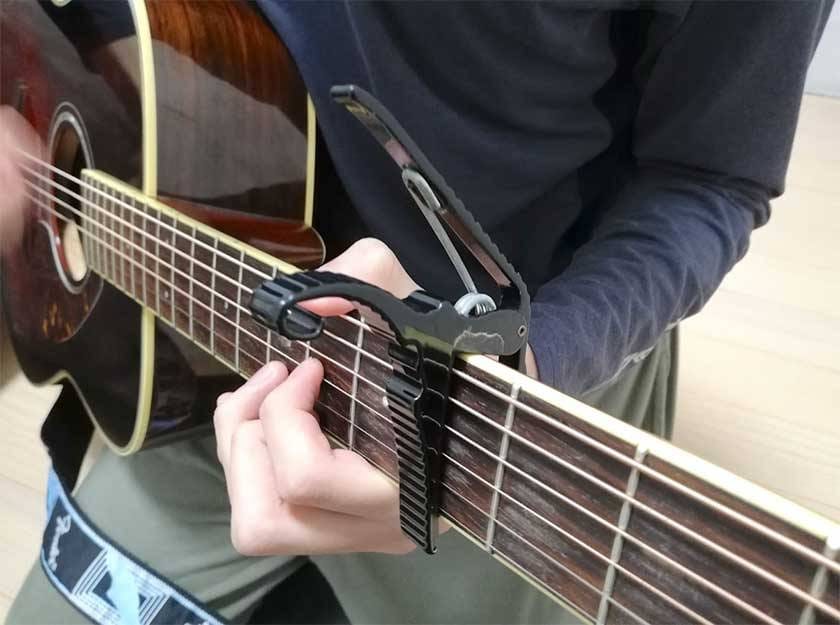
The KYSER attaches to the neck just like a clothespin. To remove it, simply squeeze the handles and pull—it’s a very simple system. Thanks to this simplicity, it’s extremely easy to take on and take off. Once you get used to it, and depending on the BPM, you can even move it during a quarter-note rest in a song.
With the G7TH, attaching and removing each take a separate step, so you’ll need around three beats of a quarter note rest to move it.
While both capos are easy to use, KYSER is better when it comes to speed.
○ Comparing Sound Quality Changes
The two capos cause slight differences in sound quality. Here’s a summary of how they differ:
<G7TH>
The G7TH features an "ART" mechanism that allows it to press down the strings evenly, regardless of the neck shape. Thanks to this, it holds the strings firmly, resulting in a fuller, more powerful sound. When pressing the strings, there’s less slack, and the string height also seems slightly lower compared to when using the KYSER capo.
<KYSER>
Though the KYSER is simpler to attach, it doesn’t cause buzzing or noticeably degrade the sound. As a widely used capo, it delivers reliable sound quality. However, compared to the G7TH, the clamping force seems weaker, resulting in a slightly lighter, more delicate tone. That said, the difference is subtle. You likely wouldn’t notice it unless directly comparing the two. Ultimately, it comes down to personal preference, so neither can be said to be objectively better.
○ Comparing Tuning Accuracy
I attached both capos at the 2nd, 5th, and 9th frets and measured pitch using a tuner. There was no significant difference between the two. However, for both capos, the pitch of the 2nd and 3rd strings rose slightly. It seems that achieving perfect intonation with a capo is still a bit difficult.
○ Comparing Design
Since a capo is something you'll use for a long time, visual appeal also matters. Here's a look at the design aesthetics:
<G7TH>
The design of the G7TH is outstanding. It integrates the ART mechanism into a very compact and sleek form and it feels like a beautifully engineered product. I have the silver version in matte, and its finely textured finish gives it an elegant, high-end feel. You can enjoy this capo like it’s a piece of jewelry.
<KYSER>
The KYSER has a very distinctive design. Personally, I think it resembles a seahorse. One of its big appeals is the wide range of color variations. You can find it in various colors like camouflage, American flag patterns, rainbow designs, and more, so it’s easy to match with your guitar’s look.
○ Comparing Size & Weight
In terms of size, the KYSER is noticeably larger. Since it has the pinch-grip design like a clothespin, it takes up more space. The G7TH, on the other hand, has no such grip thanks to its internal mechanical structure, making it much more compact. When I first saw it, I actually wondered if it would even fit across the neck of an acoustic guitar.
As for the weight, even though the KYSER is bigger, it’s lighter. If you're looking for something lightweight, the KYSER might be more suitable. That said, while the G7TH feels heavier in comparison, it’s only because of its smaller size. It’s still light enough to carry around easily.
■ The Biggest Difference Is in Sound Quality
After comparing the two capos, it’s clear that both are easy to use, which is no surprise given their popularity. If you had to choose between them, your decision should come down to sound quality and design preference.
The difference is subtle, but:
- The G7TH produces a heavier, more resonant sound.
- The KYSER gives off a brighter, lighter tone.
Design-wise, both are attractive, but they differ in style. It's like choosing between curvy Art Nouveau and sleek Art Deco. It really comes down to personal taste.
I hope this article helps you pick the capo that's right for you!
The “sound & person” column is made up of contributions from you.
For details about contributing, click here.





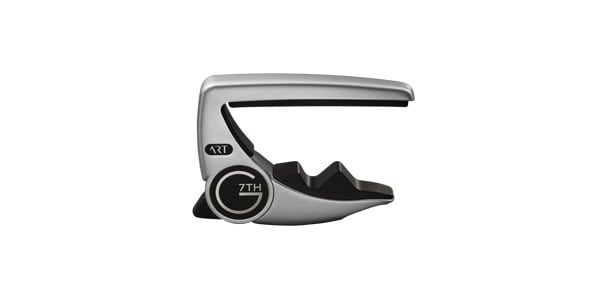
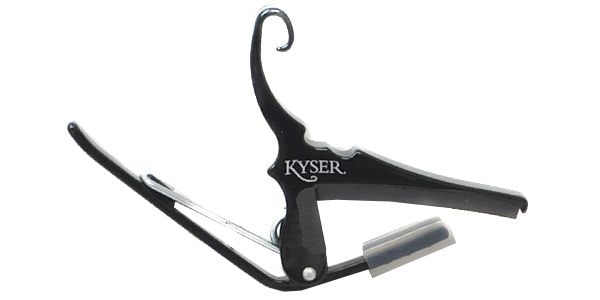




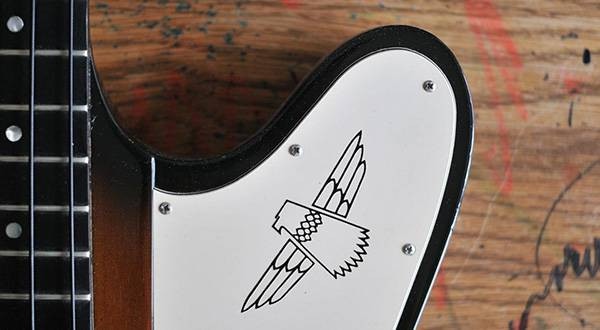
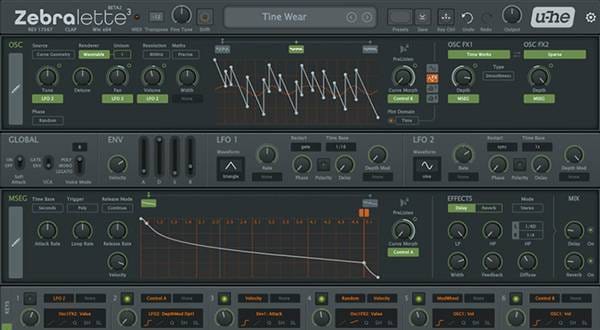
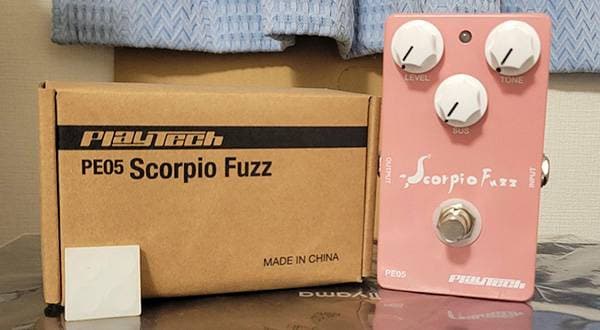


![[Acoustic guitar] Acoustic guitar or acoustic-electric guitar](/contents/uploads/thumbs/5/2020/9/20200923_5_11215_1.jpg)
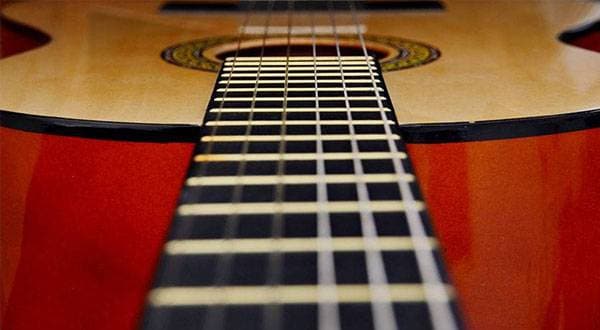
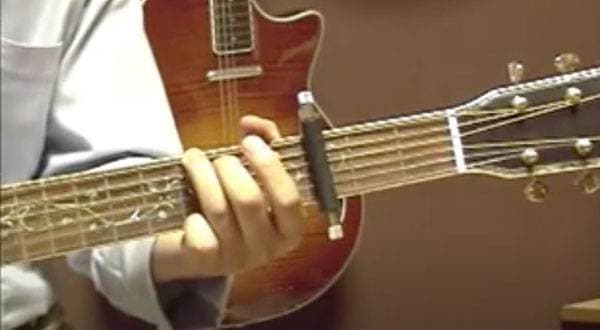
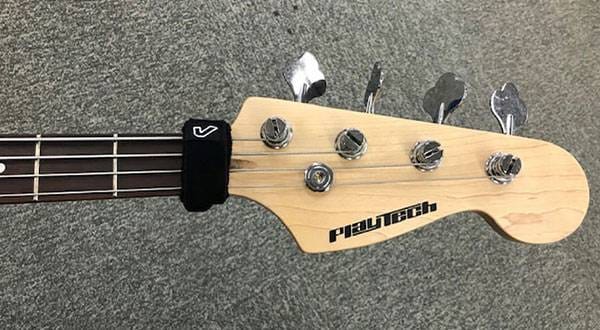

 バンドあるある相談
バンドあるある相談
 超オススメのフレーズ道場 アコースティックギター
超オススメのフレーズ道場 アコースティックギター
 オクターブチューニングの方法
オクターブチューニングの方法
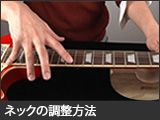 ネックの調整方法
ネックの調整方法
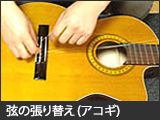 弦の張り替え(アコースティックギター)
弦の張り替え(アコースティックギター)
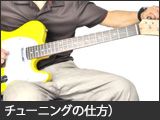 音を合わせる(チューニングの方法)
音を合わせる(チューニングの方法)















